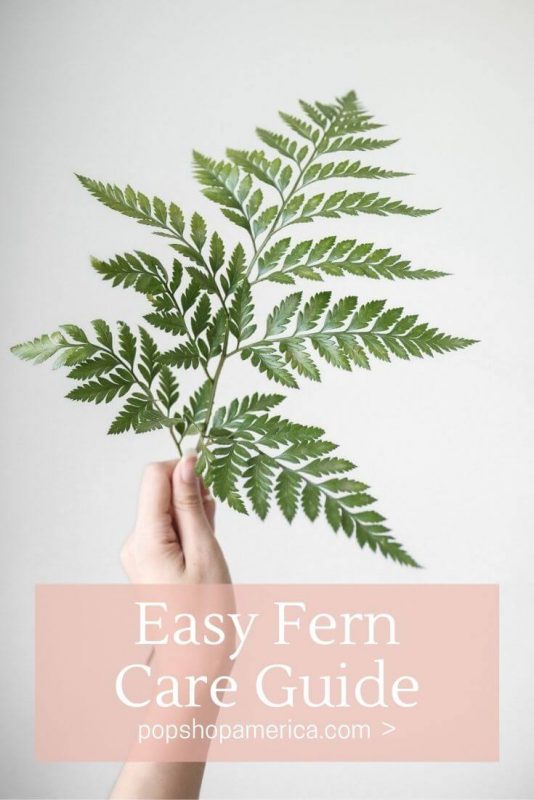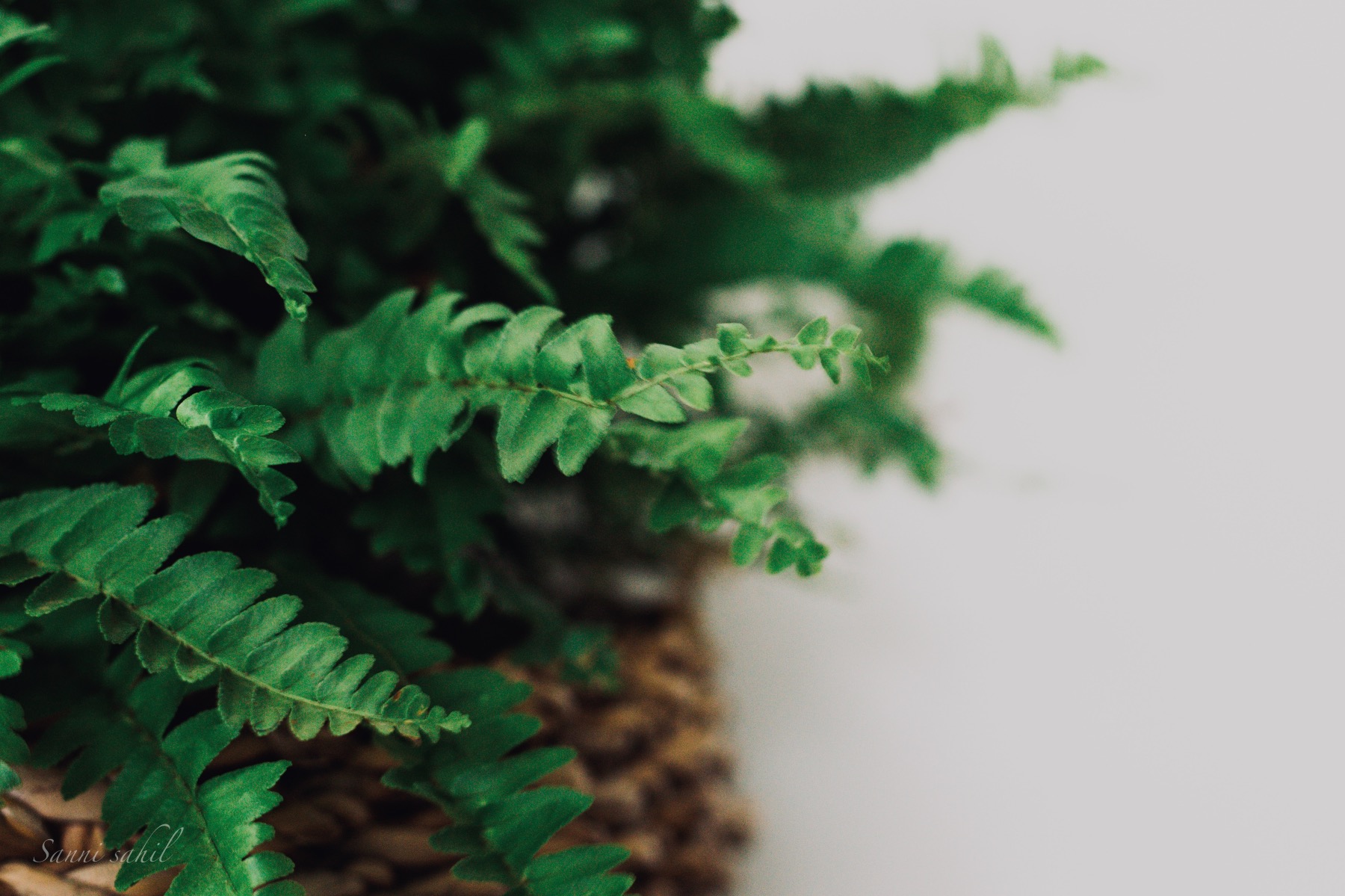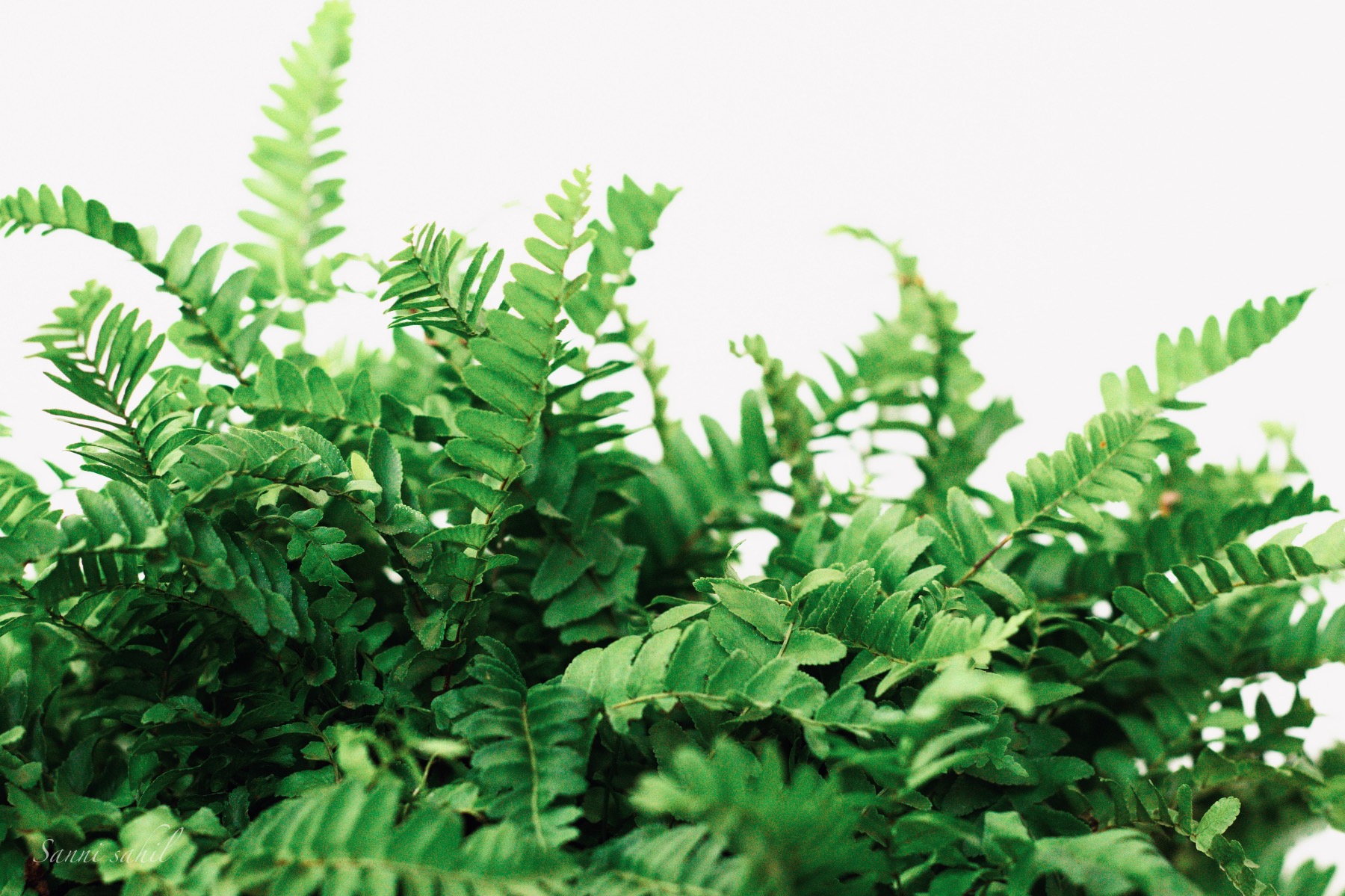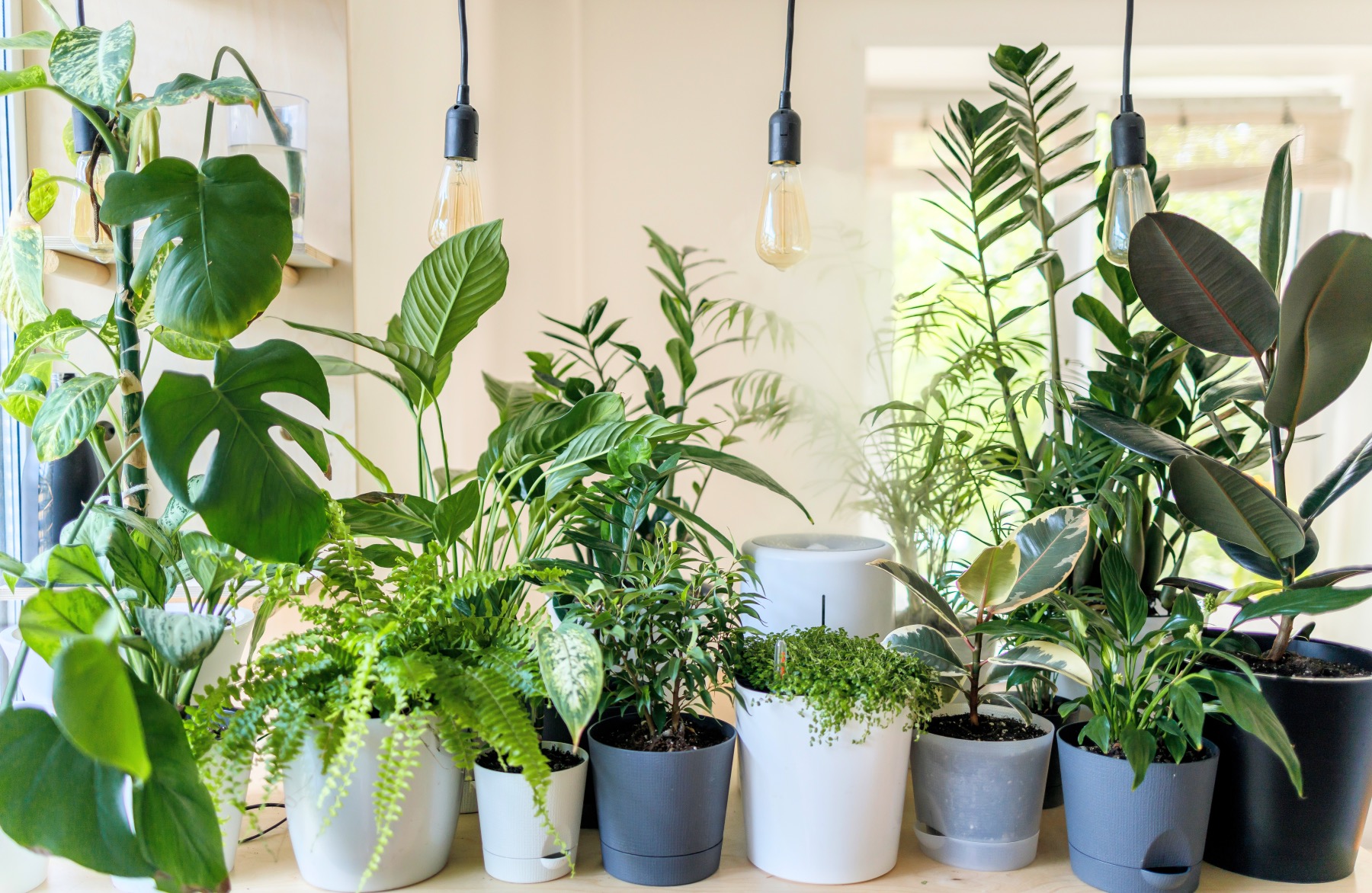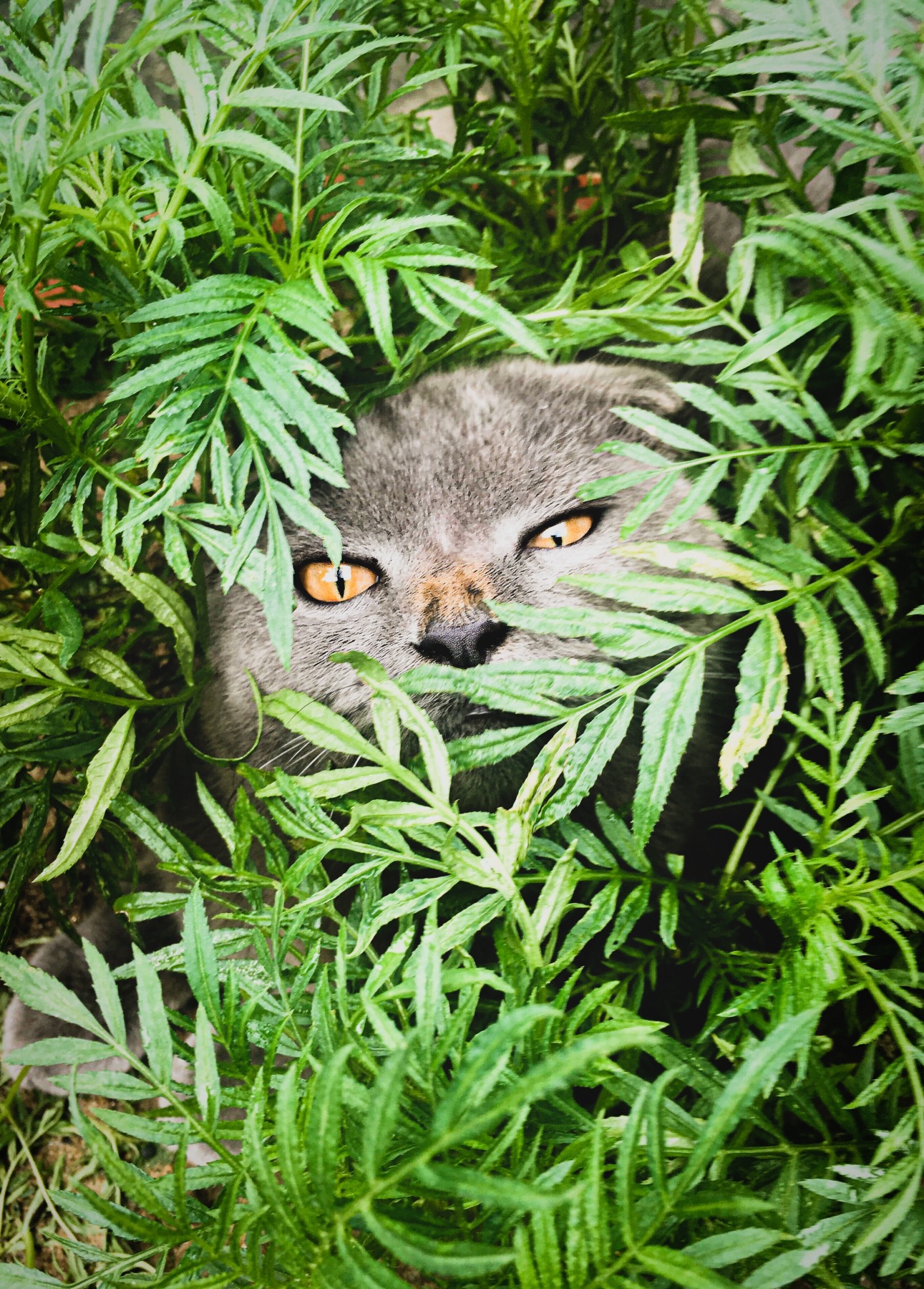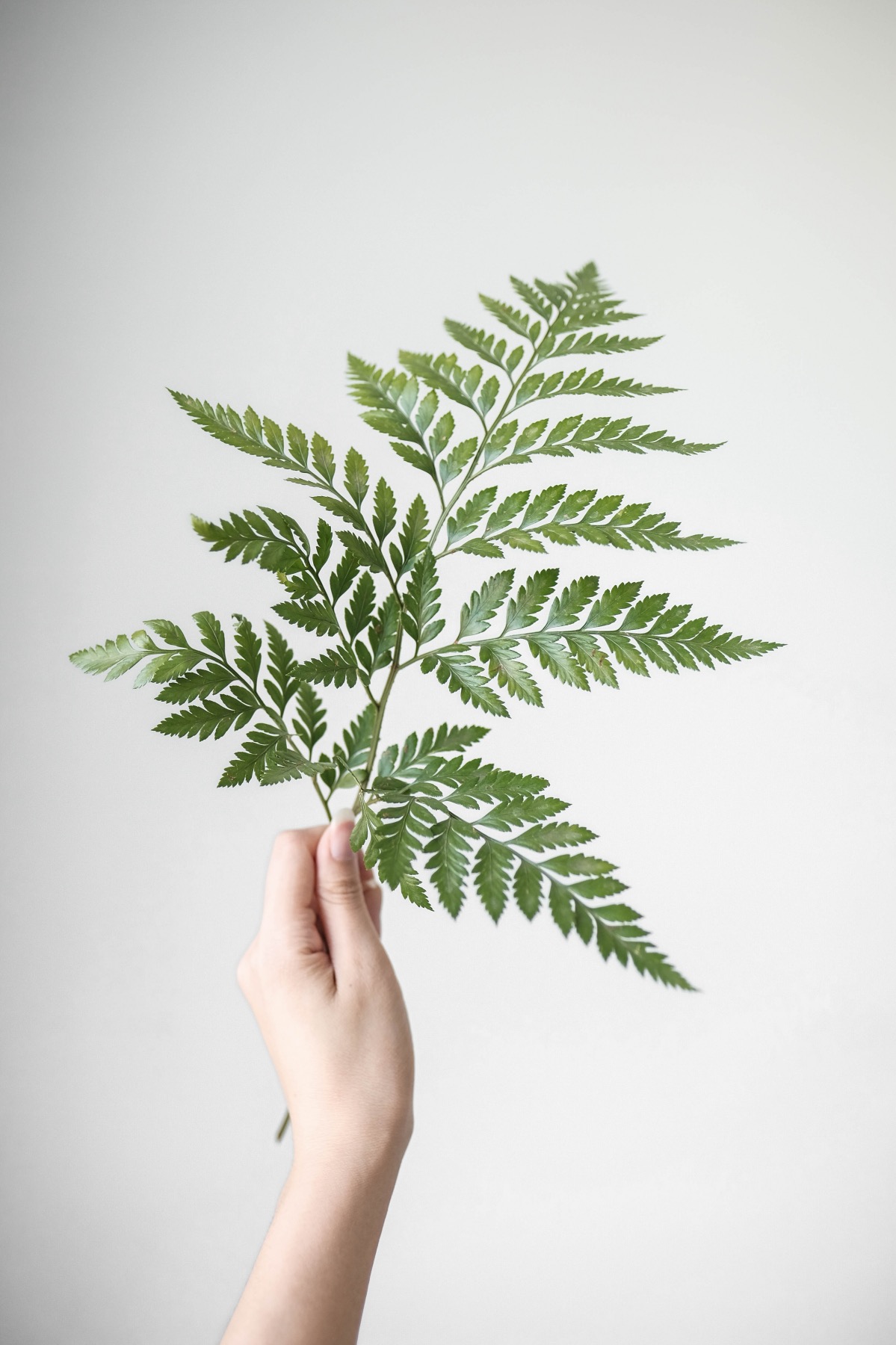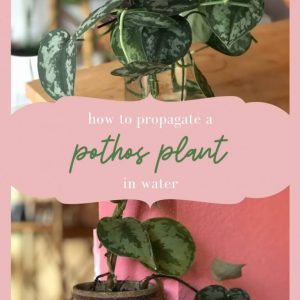Craft in Style Subscription Instructions, Gardening
Everything You Need to Know about Ferns
If you caught our How to Make Kokedamas tutorial, I mentioned that ferns are one of the best plants to use. And you know once I get started I can’t stop, so I had to tell you Everything You Need to Know about Ferns so you can keep them, grow them, and care for them like a pro!
There are over 15,000 types of ferns globally and 380 from North America alone. Most of them can be found in shady environments, forests, tropical unexplored areas and rainforests.
Ferns date back to an ancient form of vascular plants, some of them as old as the Carboniferous Period (beginning about 358.9 million years ago) and perhaps older! They can vary in size, age, and so many other factors.
Some of the most popular ferns are Boston ferns (shown here), Maidenhair ferns, and Staghorn ferns. But since there are so many species, you can come across so many more types.
How Much Sun Do Ferns Need?
Ferns need about 65%-75% shade or mostly shade. That’s why they are so great inside of forests and rainforests. If a fern is getting too much sun you will see sunscald on the tops of the leaves, or stiff upright and light green growth. Foliage should be a deep emerald green instead and be flexible, pliable, and cascade along the sides of your planter. If you see any of these symptoms, add more shade.
Because ferns prefer mostly shade, indirect light both indoors or outdoors is ideal. Direct sun should be avoided. North and east facing windows will be much better than south or west facing windows.
How to Water Ferns
Ferns prefer evenly moist soil and don’t require anything complicated to their waterings. Water them generously until the water pools out of the bottom and allow them to dry out completely in between waterings.
Because they like a lot of water, bathrooms and kitchens can be an ideal placement, since those spots are often moist and wet.
Ferns are great in hanging planters, but these always dry out faster than regular planters. If you have your ferns in a hanging planter, water them even more. The same holds true with kokedamas. In this case, dip the kokedama in water for 5 minutes at a time several times a week. Then squeeze out the excess water.
If you have trouble keeping your fern moist, add moss! Moss is a great way to help retain moisture.
Why Ferns are Some of the Best Houseplants
Ferns are low maintenance easy to care for plants. Plus, they are ideal for homes because they don’t need much sun. Ferns don’t require pruning or deadheading. Instead just keep any brown, dead leaves trimmed away.
They’re also great houseplants because they love a lot of water but can dry out in between waterings. Thus you don’t have to be perfect about your watering schedule. If you overwater it will be fine. If you forget to water you will probably be fine too.
Just be sure to watch the leaves and look for sunscald, light green leaves, and brittle leaves. Use potting soil with a small amount of sphagnum moss or peat moss to retain moisture.
Bugs are uncommon but if any, spider mites, scale, or mealybugs are the most common.
Are Ferns Safe for Animals?
Another quality that makes ferns perfect for the home is that most species are safe for cats and dogs! Although you won’t want to let your pets chew on the leaves, they are not toxic and will not hurt them. There are a few popular varieties that can cause toxicity in dogs: Asparagus fern, Lace fern, Sprengeri fern, Plumosa fern, Racemose asparagus, Emerald feather, and Shatavari.
Although most symptoms are considered mild to moderate with skin irritation and a sick stomach, dogs should be immediately taken to the vet for proper guidance.
Ferns & Temperatures
In most cases, it is safe to leave many hardy ferns outdoors all winter long. There are some tropical ferns that cannot handle freezing weather at all. The only way to find out for sure what temperatures are safe for your potted fern is to identify your fern. But in any case, most ferns can handle up to around 35°F.
As far as heat, if a fern is over about 75°F, although they will be healthy and can handle the heat, be prepared to water them more frequently.
How to Grow New Ferns
The easiest way to grow new ferns is through division or propagation and spring is the best season. Start by watering your plant the day before you begin. Then, dig it up or gently remove it from its container, and divide the ferns into sections with at least a few leaves.
Now that you learned Everything You Need to Know about Ferns are you read to take on air plants, cactus and succulents, or orchids?
Let’s Stay Friends!
Insta | Pinterest | Enews | TikTok



